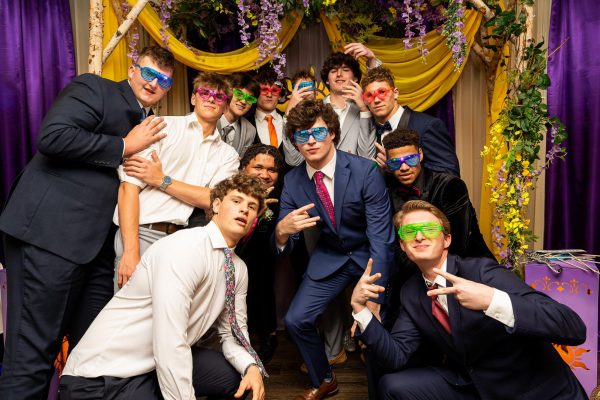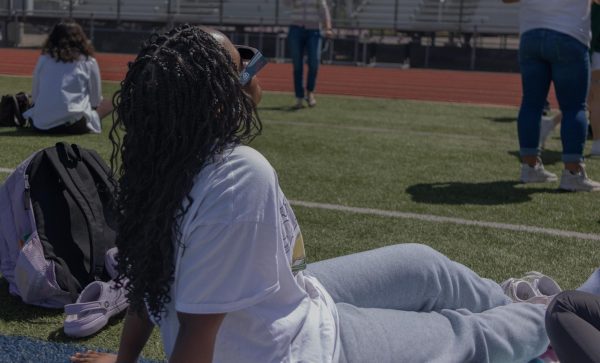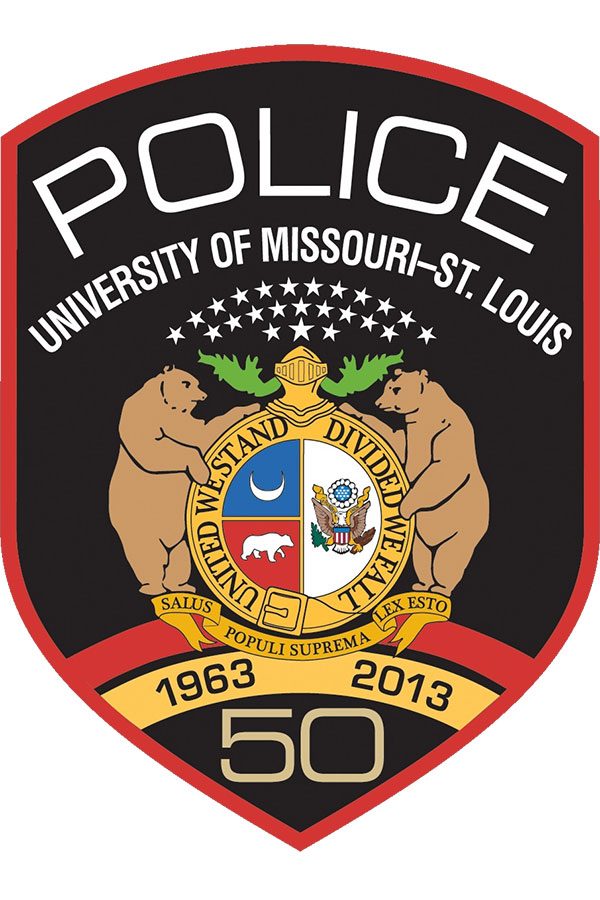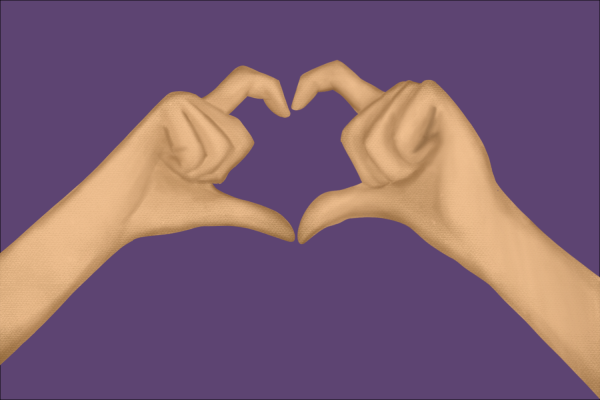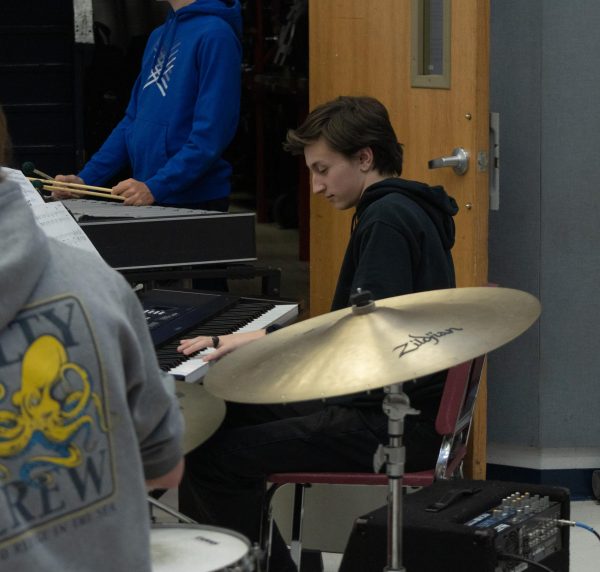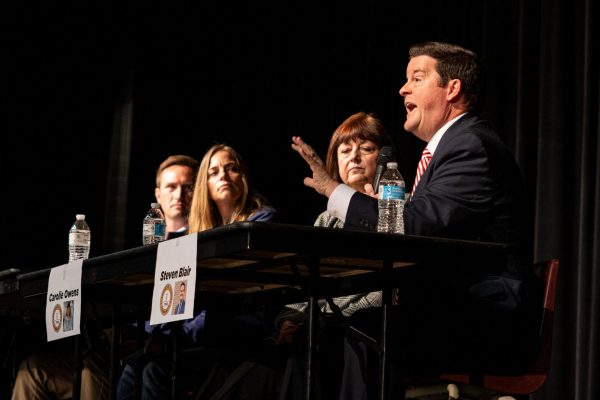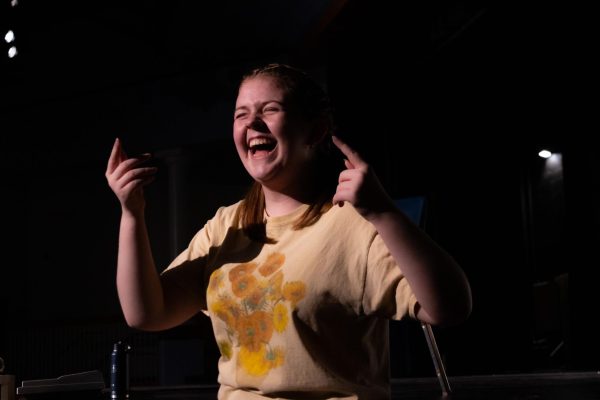Urban injustice
FHC students speak about St. Louis crime and its negative impacts on not only residents, but outsiders as well.
159 murders, 151 firearms used, 62 closed cases so far this year according to the St. Louis Police Department. Murder rates in St. Louis are on the rise. 2016 was characterized by St. Louis being the most dangerous city in the nation, and USA Today believes this year is on the same path. This danger impacts not only residents, but outsiders too, giving them a sour taste about our city. Mahria Pruitt-Martin, a senior, said select parts of the city provide the bad reputation.
“Yeah, St. Louis is a dangerous city, but it’s one part,” Pruitt-Martin said, “Most parts aren’t that dangerous. Where I lived, which was by Normandy High School, wasn’t bad at all. Sure there was noise at night, but no one would be out robbing stores or anything like that.”
Although East St. Louis is where crime is most densely populated, Wells-Goodfellow, a neighborhood located near The Pageant, was ranked as the worst place to live in the city. According to Abram Cutshall, a senior who often visits it, the area has never seemed too rough.
“I had no idea that that was a thing,” Cutshall said, “I don’t feel unsafe any time that I’m down on Delmar. I usually park behind the Pageant and I see those neighborhoods and there are always people out on their porches. They don’t look like mean people, I wave to them, they smile and wave back.”
Violent crime has been a serious issue for a long period of time, however, another high-frequency issue often doesn’t get nearly as much press coverage: property crime, crime in which the motive is to gain money or property. This classification of crime includes burglary, larceny-theft, motor vehicle theft, and arson; in 2012, the property crime rate in East St. Louis was 141.1 percent higher than the national average. As of 2017, City Data reports that St. Louis leads the nation in property crimes, pulling 5,139 per 100,000. Yet, according to junior Mia McCoy, it is not rampant across all areas of the city, but reported to seem that way.
“It puts a shock in me sometimes. It makes [others] think that everyone in this area is like that, and everyone they see on the news isn’t like that. There are good people out there trying to do the right thing, but they only put negativity on social media and the news,” McCoy said.
Crime impacts everyone, and past events can alter someone’s life, and change their future. Pruitt-Martin can attest to this as she has experienced first hand the dangers certain areas can bring, and felt the effects of crime.
“My mom never allows me to go into the city during the nighttime,” Pruitt-Martin said, “[Because] once when I was little, there was an incident where a bullet was shot through my mom’s bedroom window while I was sleeping in there. It was pretty scary.”
Living in a city where at any given moment someone could be an addition to a violent crime statistic is frightening; living in a city where simply walking about puts a sense of uncertainty into someone in ridiculous. The American Dream is living safely with children in a white picket fence, not having life ripped away by someone with a gun.
159 and counting. That is how many people have been murdered so far this year, a drastic difference to the six servicemen killed in the Afghanistan conflict this year (New York Times). More than 159 friends and family have mourned this year alone over the deaths of their loved ones. Because every shot, every stab has a consequence; Because people are dying left and right and what does the city have to show for it? Less than half of those murdered cases are closed, less than half of those victims families have closure, and know the person who did it has been caught. How does that reflect on the justice system?
“I think their jobs are a lot harder than we think,” Cutshall said, “It would be the same to ask a student who missed a day of school to go into the class and look around at the notes that were left on the board to try and figure out what they’d done and understand it completely. It’s unfortunate that we can’t solve 100 percent of these crimes, but also sometimes we don’t have enough information to solve them.”
In regards to what is to come, there has been a mass exodus of people moving away since 1950. The year had a total of 856,796 people living in the city, however, 2010 was recorded as having 319,294 city residents (U.S Census Bureau). One common explanation for the huge movement of people is that citizens do not wish to have their children grow up in such a rough environment. The real question is: are future generations willing to risk their children’s safety for the sake of remaining in their city?
“No, I would like my kids to not be afraid to go hangout with their friends at night,” Pruitt-Martin said, “Especially the way I grew up. I wouldn’t want to be worried about where my mom is every night, and if she comes home late, wondering where she is and if she’s okay.”
Cutshall shared his similar view on the subject, though his take was slightly different about city life as a whole.
“No, I don’t think I’d want them to grow up in St. Louis,” Cutshall said, “Or any major city for that fact. In cities there’s a higher percentage of crime that is committed, and the schools down there, unless they’re private, are underfunded and don’t seem to be the best. And it sucks that they are that way, but I’m not in a position where I can do anything about it. But I can choose where my kids go to school based on where I live.”
Sophomore Savannah Drnec, holds an opposite view to both Cutshall and Pruitt-Martin, believing that St. Louis isn’t as scary as it’s made out to be in the press.
“There are some parts of St. Louis that are really nice,” Drnec said, “I grew up here, so I feel like there’s that resonation. I don’t know, I feel like it can be very nice.”
Whenever there is a major issue plaguing the nation, especially a political one, there will be protests. Cities are breeding grounds for protests, peaceful or not. They divide people into three groups: those who don’t protest, those who do so peacefully, and those who take matters into their own hands.
“Whether it helps or not differs,” McCoy said, “Social media can definitely make it look way worse, depending on the perspectives of different people.”
Cutshall was also on the fence with whether or not protests further the cause or destroy it.
“I think protests can [be positive or negative], a lot of times there are peaceful protests that are actually peaceful, and then there’s ‘peaceful’ protests,” Cutshall said, “After the latest verdict regarding the police officer being not guilty, we saw a lot of protests. And I think there definitely need to be some protests. Some of those protesters were claiming to be non-violent, however, there was a lot of violence in the wake of those protests on Delmar. I think we just have to be careful, because [protests] are our way to tell the people in charge what we think as the general public.”
Your donation will support the student journalists of Francis Howell Central High School. Your contribution will allow us to purchase equipment and cover our annual website hosting costs. FHCToday.com and our subsequent publications are dedicated to the students by the students. We hope you consider donating to allow us to continue our mission of a connected and well-informed student body.



